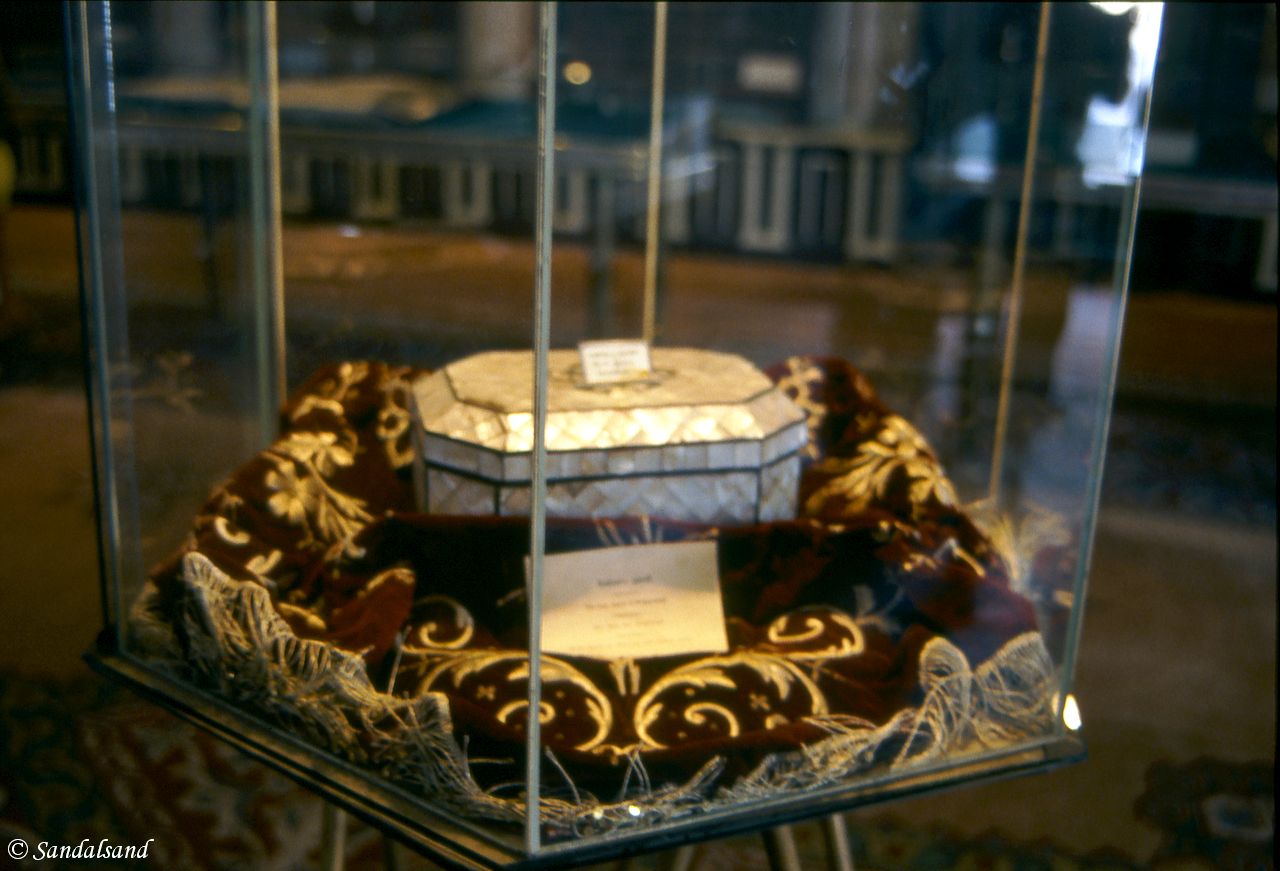In this serious about religious buildings we have come to what happens after death, when it comes to taking care of human remains.
Mummification
Mummification is a rite we mostly know from Egypt, in the times of the Pharaos. They used to be kept inside the pyramids or in the tombs of the Valley of the Kings. Today we may see ancient Egyptian mummies on display in the Museum of Egypt, in Cairo and in several other countries.
They practise mummification also in Buddhism, although rarely. But then you have the communist leaders.
They employed different mummification techniques in the cases of Lenin and Mao, both important political leaders in modern times. These two mausoleums, the first on the Red Square in Moscow and the second on the Tiananmen Square in Beijing have drawn spectators for decades – including myself. The featured image above is from the Lenin Mausoleum.
In addition, the two previous leaders of North Korea, Kim Il Sung and Kim Jong Il, have been preserved and are lying at state in the Kumsusan Memorial Palace of Pyongyang. I have also been there. There is a fifth leader who has been treated like this, and is exhibited as such. His name is Ho Chi Minh and one may find him in Hanoi, Vietnam.
Mausoleums
The Kemal Atatürk Mausoleum in Ankara is also an example of a national leader laid to rest in a huge mausoleum. Unlike Mao and Lenin he was not mummified, as far as I know.

Relics
These three leaders would obviously object to them being presented in a series about religious buildings. The first two would certainly deny any relation to “religion, the opium of the people”.
One may view the practice of relics as another way of taking care of the remains of a deceased person. According to legend there are eight strands of hair of the Buddha in the Shwedagon Pagoda in Yangon, Myanmar. Taking care of relics is very common in Buddhism.
A small mosque near the Mevlani Museum in Konya, Turkey, contains the beard of Muhammad the Prophet. Or so they say.

The cathedral pictured below, that of Nidaros in Trondheim, Norway is according to tradition a place where pilgrims would come. Reason? A shrine with the remain of Norway’s patron saint St. Olav was according to tradition kept here, behind the high altar.

If you have an interest in religion, check out this Wikipedia article.
Read more
All chapters in this series about Religious Buildings.
(1) Introduction
I, Places of worship (chapters 2-6) Read the first
II, Monasteries and educational institutions (chapter 7) Read
III, Housing for the deity itself or its premier representatives (chapter 8) Read
IV, After death (this part)
(9) After death – Cemeteries as final resting places
(10) After death – Burial sites as World Heritage Sites
(11) After death – Taking care of human remains
(12) After death – Special memorials, with no identified dead persons




